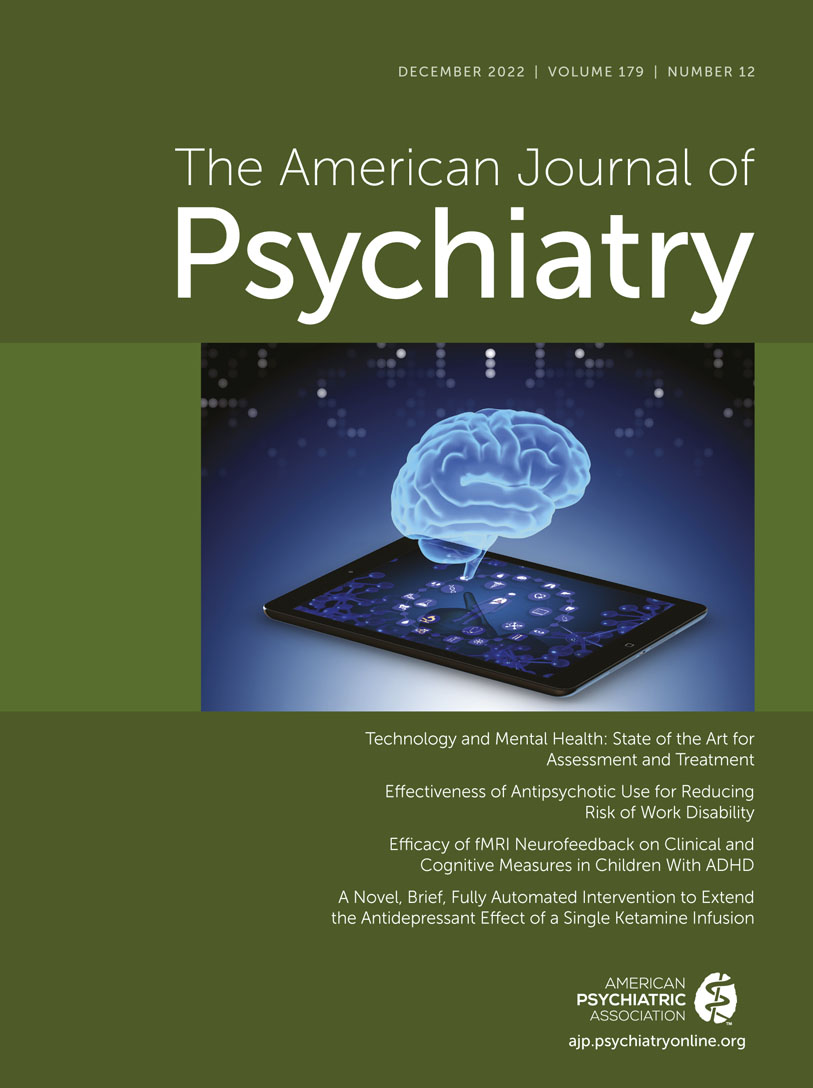Abstract
Objective:
The authors sought to determine whether antipsychotic use, compared with nonuse, is associated with lower work disability in first-episode nonaffective psychosis, and if so, for how long.
Methods:
A within-subject design was used to study the risk of sickness absence or disability pension during antipsychotic use compared with nonuse during a maximum of 11 years of follow-up (2006–2016) in a Swedish nationwide cohort of patients with first-episode nonaffective psychosis (N=21,551; age range, 16–45 years). The within-subject analyses were conducted with stratified Cox regression models, adjusted for time-varying factors, using each individual as her or his own control to eliminate selection bias. The primary outcome was work disability (sickness absence or disability pension).
Results:
Overall, 45.9% of first-episode patients had work disability during the median length of follow-up of 4.8 years. The risk of work disability was lower during use compared with nonuse of any antipsychotic (adjusted hazard ratio [aHR]=0.65, 95% CI=0.59–0.72). The lowest adjusted hazard ratios emerged for long-acting injectable antipsychotics (aHR=0.46, 95% CI=0.34–0.62), oral aripiprazole (aHR=0.68, 95% CI=0.56–0.82), and oral olanzapine (aHR=0.68, 95% CI=0.59–0.78). Long-acting injectables were associated with lower risk than olanzapine, the most commonly used oral antipsychotic (aHR=0.68, 95% CI=0.50–0.94). Adjusted hazard ratios were similar during the periods of <2 years, 2–5 years, and >5 years since diagnosis.
Conclusions:
Among individuals with first-episode nonaffective psychosis, antipsychotic treatment (with long-acting injectables in particular) was associated with about 30%–50% lower risk of work disability compared with nonuse of antipsychotics in the same individuals, which held true beyond 5 years after first diagnosis. These findings are informative regarding the important topic of early discontinuation of antipsychotic treatment after a first episode of nonaffective psychosis, but they need replication.



